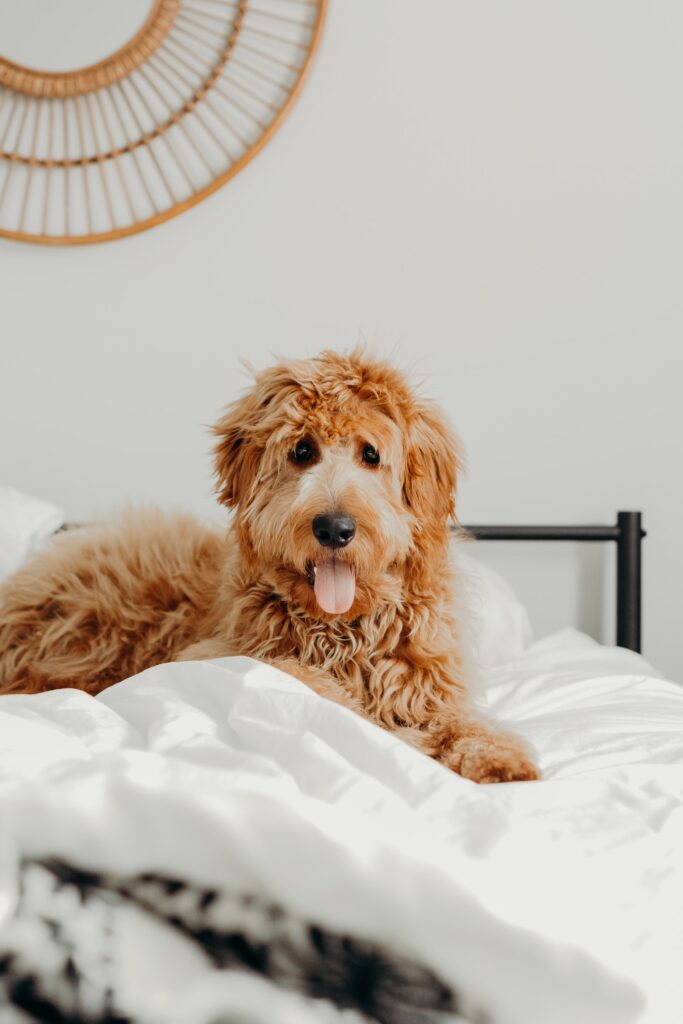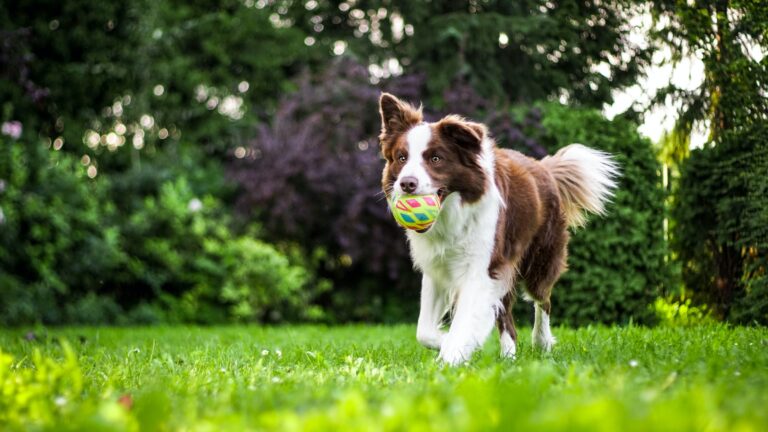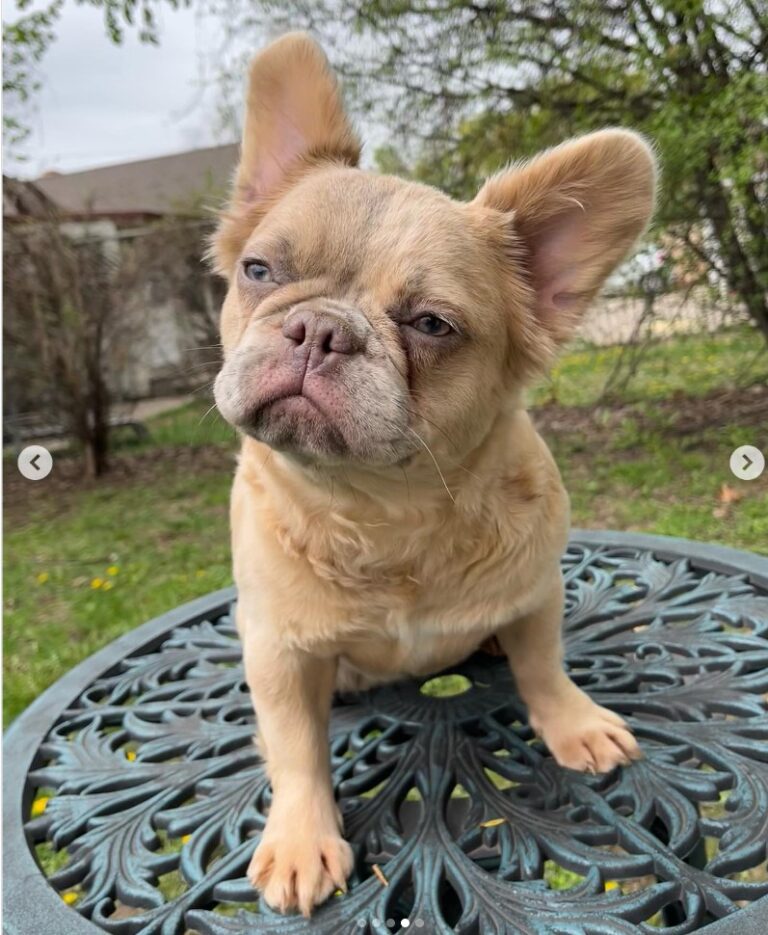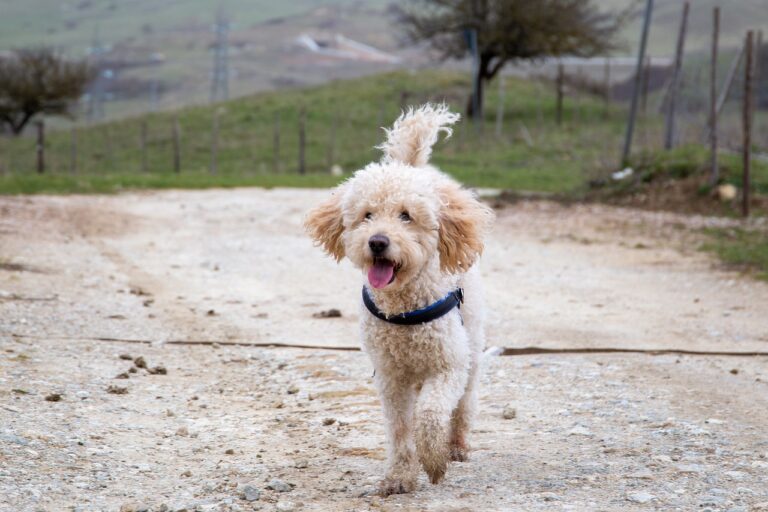Ultimate Guide to Grooming Your Dog
If you own a dog, you must know about dog grooming and care. Regular grooming is vital for all dog breeds. It will help your dog look great and feel healthy. Grooming helps to improve your dog’s overall hygiene.
Dog grooming helps your furry friend maintain a shiny, tangle-free coat. It gives you the chance to check for parasites, allergies, skin issues, or infections. It can be a one-on-one bonding experience for you and your four-legged buddy.
How to groom your dog
In this blog, you’ll find everything you need to know about grooming your furry friend. So let’s get started!
Regular brushing is an important part of a dog’s proper grooming. A well-brushed dog looks better, happier, and healthier.
The direction of brushing strokes should be towards the dog’s hair growth. You should be careful not to apply too much pressure while brushing. There are many different types of brushes including slicker brushes, pin brushes, matt breakers, coat kings, and bath brushes. Choose the brush that is most suitable for the texture of your dog’s coat.
Brushing your dog
Pro tip: If your dog’s coat is full of mats and tangles, don’t try and brush through it by yourself. It will cause them too much discomfort. Get their coat clipped or take them to a professional groomer.
Let’s have a look at how brushing is good for your furry pal:
- It stimulates blood flow to the skin and keeps hair follicles healthy.
- Brushing will distribute the dog body’s natural oils on the skin. It will also prevent greasy buildup on the coat.
- Brushing your dog regularly helps you get to know your dog’s skin. You can identify issues like infections or limps at an early stage.
- It can remove dead hairs and sweep away any dirt and debris.
- Brushing helps to reduce dog hair floating around your house during shedding season.
- It keeps the fur in good shape.
Check out: Are Beagles hypoallergenic dogs?
Bathing your dog
Bathing your dog when needed is an important part of pet grooming and care. It not only eliminates that annoying doggy odor but also removes loose hair from your dog’s body. Shampooing softens the hair and thus decreases its dirt-repelling ability.
Here’s what you should know about bathing your dog:
- Dogs usually need an occasional bath or if it is exceptionally dirty.
- Avoid overly scented or colored formulas. Always use a pH-balanced shampoo and conditioner designed specifically for canines.
- When giving a bath, you must ensure that water or shampoo doesn’t get in their ears or eyes.
- If your dog is a little scared of baths, start at their rear end.
- When washing their face, hold the ears down or out of the way to keep the water out.
- Do not skip hard-to-reach areas such as the armpits and stomach.
- Make sure you get all of the shampoos out of your dog’s coat. Otherwise, it might irritate your dog’s skin.
- Take things slow and easy so that your dog feels safe and comfortable.
- Overbathing is not recommended for dogs.
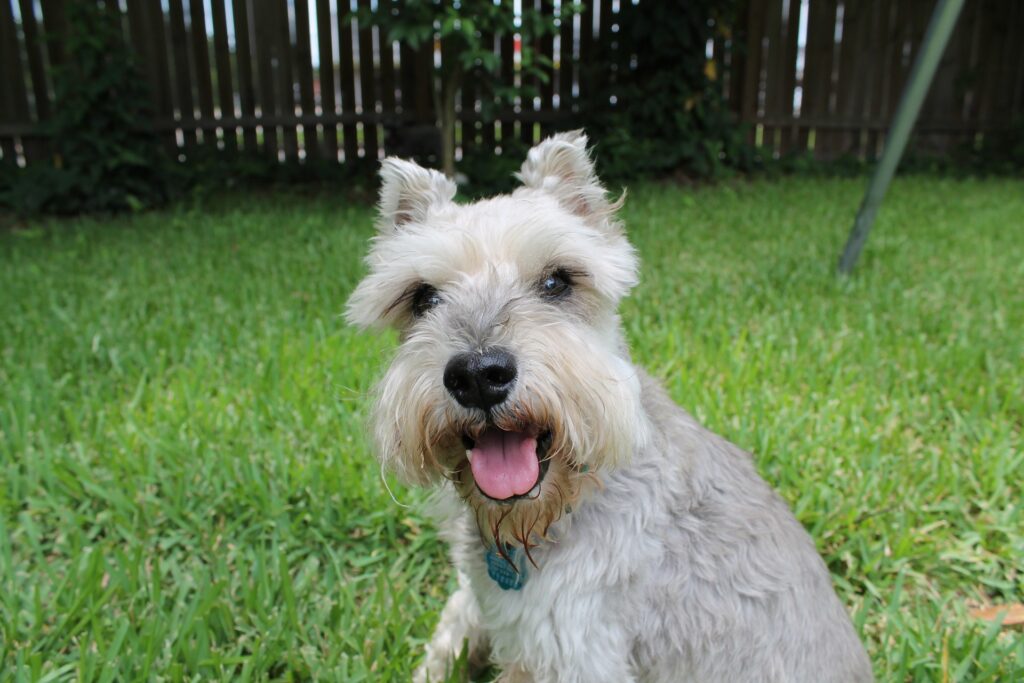
Drying your dog
After you give a bath to your furry pal, you’ll need to help dry them off. Dogs tend to instinctively shake off excess water after getting wet, you still need to dry them. There are lots of different ways to dry your dog.
- You can hand dry them with a towel but it will not get them completely dry.
- Use some large absorbent towels to dry them off.
- Avoid using hair dryers often as most dogs get scared and don’t like air blowing at them.
- If hair dryers are unavoidable, always take all safety precautions. Always aim the dryer in the direction of the dog’s coat.
- The hair dryer should also be placed a good distance away from your dog.
- When it comes to drying their face, use a towel or turn the dryer down to a low setting.
Pro Tip: If you observe a dull coat and abnormal shedding, try including fish oil and Omega 3 into your dog’s diet. These supplements promote stronger hair follicles and skin elasticity and are great for a healthy coat.
Teeth brushing
Brush your dog’s teeth two to three times per week to maintain good oral hygiene. This will help to remove bacteria and tartar buildup. Use toothpaste and toothbrush specifically designed for dogs. Human toothpaste can be harmful to dogs.
Nail trimming
Trim your dog’s nails regularly to avoid splitting and discomfort. This will keep the dog’s paws in good condition. Trimmed nails will also keep your legs from getting scratched when your dog enthusiastically jumps up to greet you.
Always make sure not to cut them too short, as doing so can cut into the vein in the nail. By letting your dog run over concrete, its nails will be filed down naturally.
Nail trimming can be stressful for both dogs and novice owners. Knowledge of proper techniques and the use of the right tools can help ease the process.
Eye cleaning
Cleaning around your dog’s eyes requires careful handling and a gentle touch. A dog’s eye area is very delicate, so you should be very cautious. Your dog’s eyes should be clear with no redness or discharge.
Before cleaning your dog’s eyes, make sure your hands are clean. Use a damp washcloth or soft cotton balls to clean your dog’s eyes. Hold it gently against the debris, then carefully wipe it away once it has softened.
Nose cleaning
Keeping your dog’s nose clean is an important part of grooming. Dogs generally keep their noses clean by licking them. However, you should intervene and clean the nose if there is dirt or debris.
Wipe the dog’s nose with a soft, damp cloth to remove any discharge or dirt. Be careful and gentle when cleaning this area, as the nose is a bit sensitive.
Ear cleaning
Proper ear care for dogs is an important part of dog grooming. Routine ear cleaning can remove the buildup of wax and debris. Dirt, debris, and moisture that gets trapped inside your dog’s ears may cause infection. Once a week, check your dog’s ears, and if needed clean inside the ear with a cotton ball and a gentle cleanser. Ears should smell good with no exceptional amount of wax.
Examine your dog’s mouth
When you groom your dog, look inside its mouth and ears. Check for allergies, rashes, or signs of infection such as redness or inflammation on the skin.
Tools used for dog grooming
Dog grooming tools are necessary to keep up with your dog’s grooming needs. Arming yourself with the right grooming equipment will help you keep your dog looking great.
When it comes to finding tools that can be used for grooming your dog, here is a list that can help:
- Curry brushes or combs to remove dirt and debris
- Wire pin brush for dogs with medium to long hair
- Bristle brush for all hair types
- Slicker brush to break up tangles and mats
- Grooming rake and mat breakers for severe tangles and mats and removing the shedding hair
- Grooming scissors for tidying up the coat
- Thinning Shears
- Flea combs to detect and remove fleas
- High-quality canine shampoo and conditioner
- Dog nail clippers
- Dog toothpaste and toothbrush
- Ear cleaning solution and cotton balls
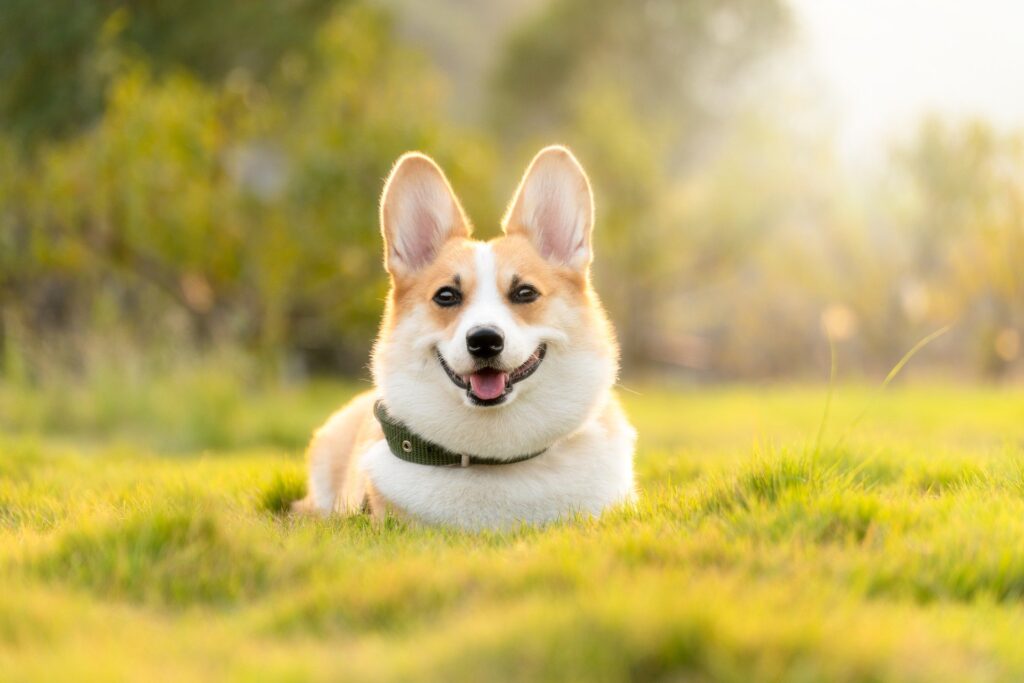
Can I Shave My Dog?
It’s never recommended to shave a dog. Shaving a dog during the summer season has become a trend in recent years, which is not great. Your dog’s coat is its natural insulating layer.
If you shave your dog, you are removing its natural protective layers and this can be damaging for your dog. Here are some reasons why you shouldn’t shave your dog:
- Your dog won’t be able to regulate its body temperature
- Dog’s skin would be exposed to the sun’s harmful UV rays
- Shaving puts your furry friend at a higher risk for heatstroke or they may suffer sunburn
- It might cause the hair to grow back improperly
- Shaving may damage their hair follicle and lead to permanent bald patches on your dog
Grooming Tips for Dogs
Let’s have a look at some useful tips on grooming your furry friend:
Invest in grooming tools
Dog owners should consider investing in quality grooming tools. Arming yourself with the right grooming tools will help you keep your dog’s coat healthy.
Organize your grooming accessories
Organize your grooming materials in one spot. This will make your grooming tasks easy and convenient. It also prevents a grooming tool from being misplaced when it’s time to groom your dog.
Be gentle and careful
Be as gentle as possible during grooming to avoid hurting your dog. Try to be very careful in sensitive areas such as paws and the face.
Familiarize your dog with the grooming equipment
Before you begin grooming, let your dog sniff the grooming equipment. This will allow your pet to familiarize themselves with the accessories. Your dog may be less likely to react negatively when you start grooming.
Make it a positive experience
Dogs just love all the extra attention and one-on-one. Make grooming a positive experience filled with praise and rewards.
Keep your brushes clean
Be sure to clean the grooming accessories regularly. Cleaning them is important as germs and bacteria can easily stick to them. Try to disinfect or sterilize your grooming accessories after some time to prevent bacteria from transmitting to your dog.
Hire a professional groomer
If you are someone who doesn’t have the time to groom their dog regularly, consider the help of an expert. A professional dog groomer should be able to help you and your pooch out. Make an appointment with a professional groomer every 3 to 4 months.
Also read, do Corgis shed?
Dog grooming: Final Thoughts
You should make dog grooming a regular part of your dog’s care routine. Use petting moments as opportunities for grooming and developing a bond with your furry pal.
Your regular grooming and careful examination will help you spot potential health problems early. Make grooming a positive experience for your furry companion, filled with praise and rewards.
Shoot us a message and let us know if this article was helpful. If you have any further questions about dog grooming, don’t hesitate to ask.
